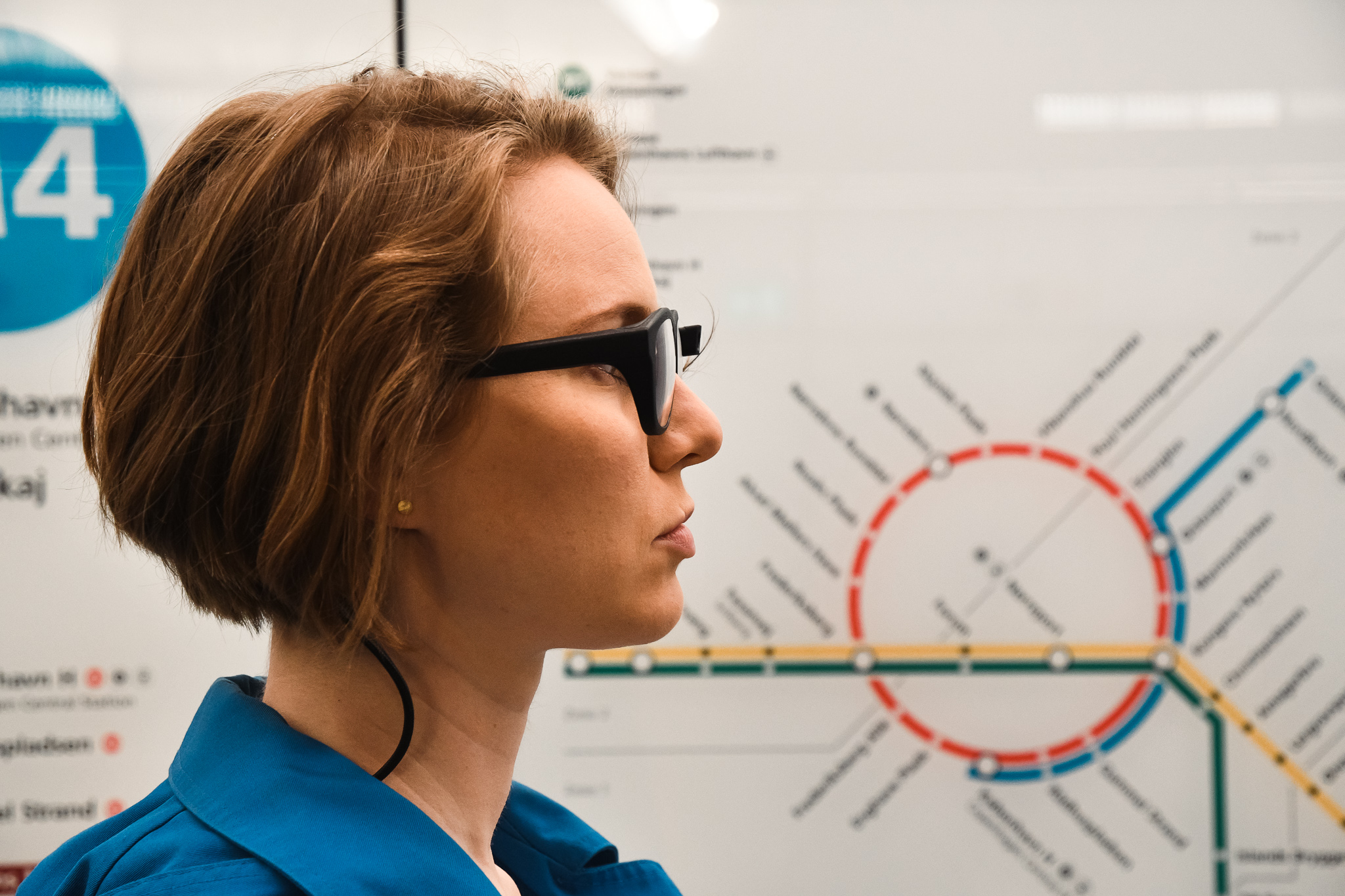-
How Does iMotions Eye Tracking Software Work?
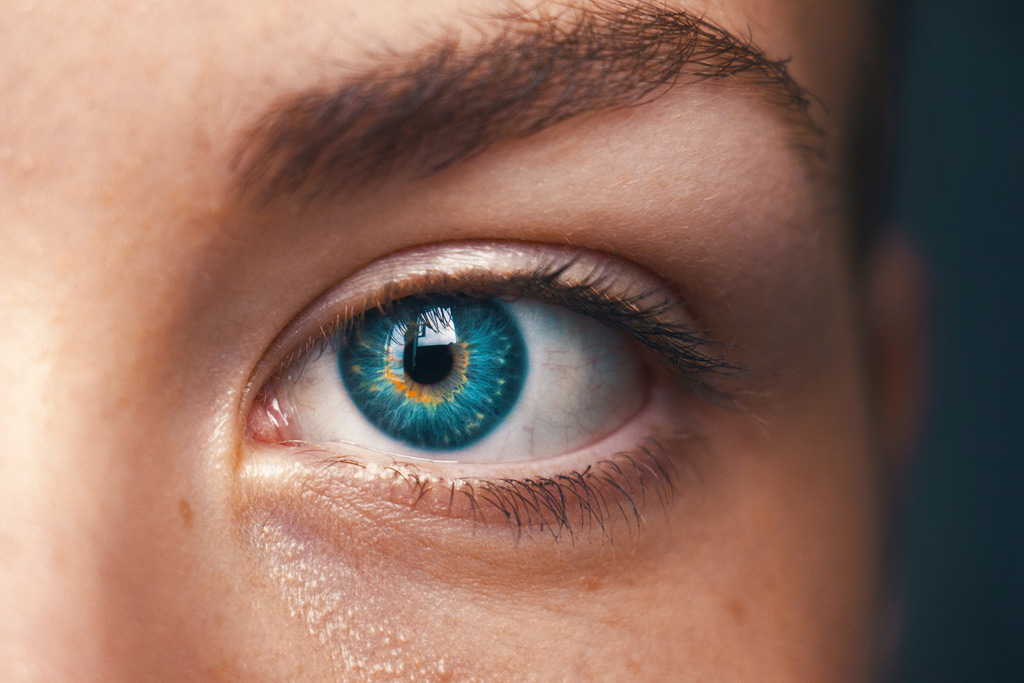
iMotions Eye Tracking Software operates by using specialized hardware and algorithms to precisely monitor and record a person’s eye movements and gaze points. It employs high-speed cameras and infrared light to track the position and focus of the eyes, providing valuable data for research in fields such as psychology, market research, and user experience design.…
-
EMG Sensors: Everything You Need to Know

Every move we make is accompanied by complex physiological and chemical processes in our bodies. The technology that records this activity is called electromyography (EMG). When a muscle contracts, it generates a burst of electrical activity that cuts through tissue and bone, being easily detected on the surrounding skin areas. The detection happens through EMG…
-
EEG Channels: In-depth Look on Brainwave Mapping
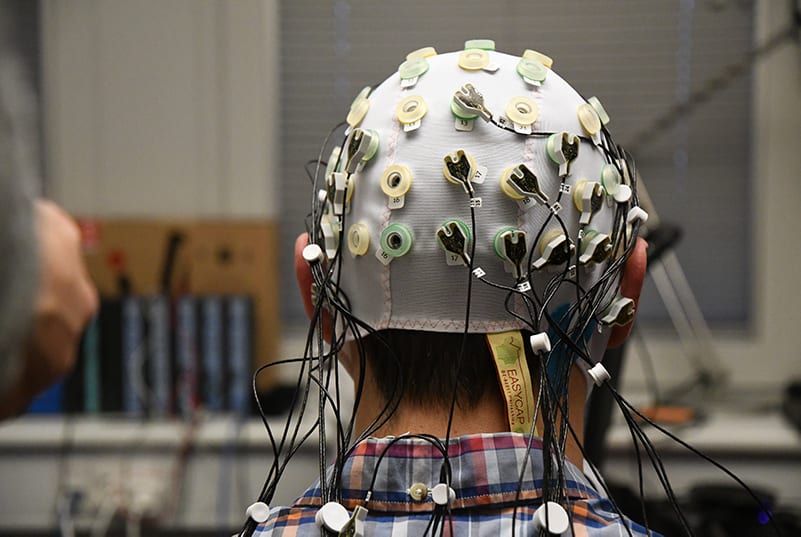
Our brain is always active, at every moment, regardless of what we do. The cells, synapses, and neurons inside our skull interact with each other, resulting in electrical activity that is strong enough to be measured on the head surface. With neuroimaging tools such as electroencephalography (EEG), this electrical activity can be recorded in real-time…
-
Facial Expression Recognition (FER)

The face is the most complex nonverbal system in the body. It carries the expressions of the things we feel, our cognitive processes, and even our most hidden intentions. Emotions are no longer unquantifiable things – they can now serve as signposts to what’s happening in someone’s mind. With a better understanding of someone’s internal…
-
Multimodal voice and speech analysis in iMotions

iMotions has entered the field of voice and speech analysis, offering new ways to conduct multimodal voice analysis research with a new software feature and a brand-new module. This article explains in depth how these two additions can provide new in-depth insights into human behavior research. As readers of our blogs and subscribers to our…
-
The science of voice analysis

Voice analysis is the study of vocal characteristics and patterns in spoken communication. It involves examining elements such as pitch, tone, speech rate, and emotional cues to gain insights into aspects like linguistics, emotions, and individual traits. This technology has applications in fields such as linguistics, psychology, and healthcare. Imagine you’re in a country you…
-
Facial Expressions – A Complete Guide
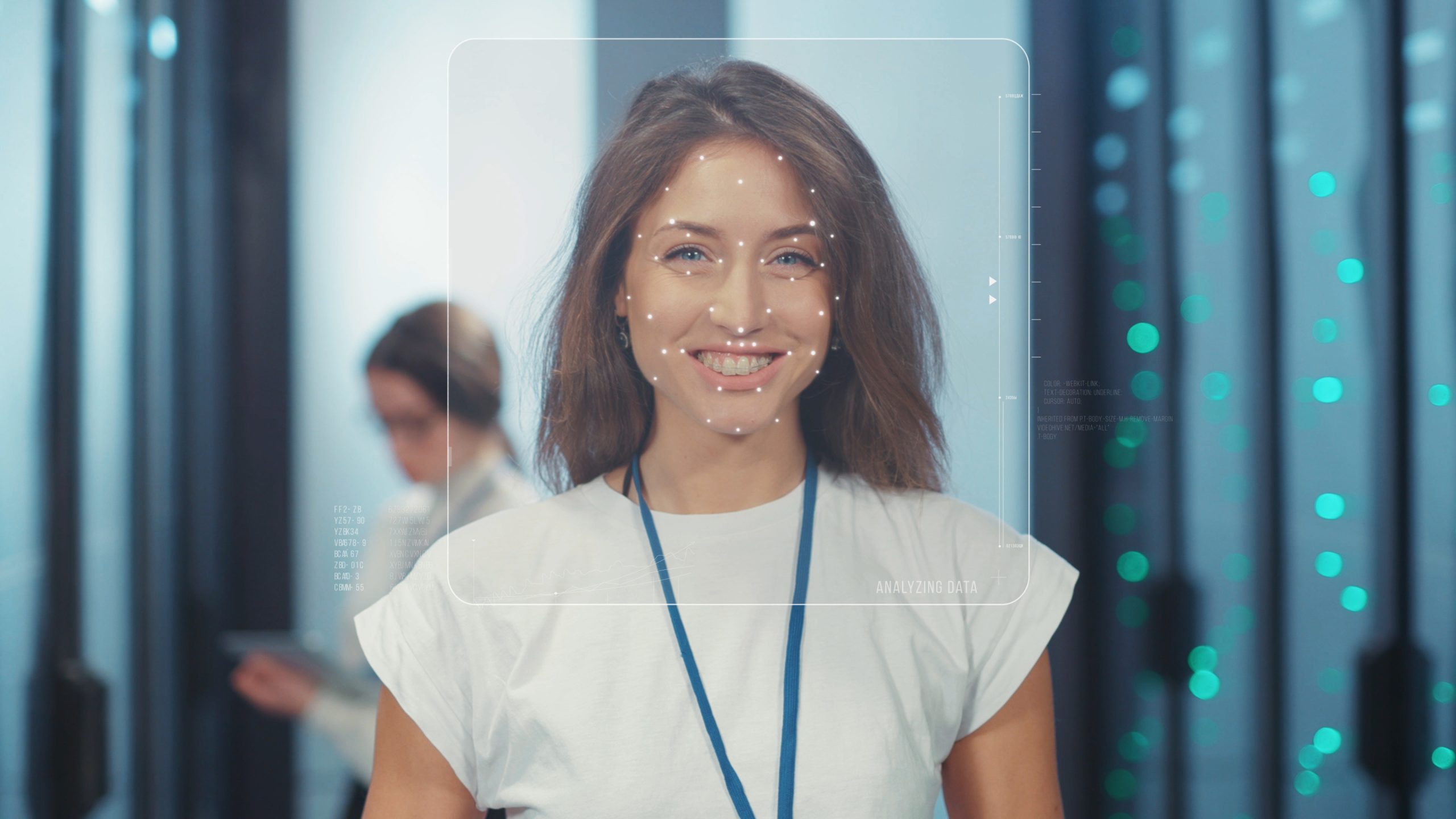
Facial expressions are powerful non-verbal cues that convey emotions and intentions. Analyzing them is crucial for several reasons. Firstly, it helps in understanding people’s feelings, fostering empathy, and improving communication. Secondly, in fields like psychology, business, and security, studying facial expressions can reveal valuable insights into behavior, trustworthiness, and deception. A big part of our…
-
Participant Recruitment for Human Behavior Studies: Strategies, Challenges, and Considerations

Participant recruitment is crucial in research studies as it directly impacts data quality and study validity. Recruiting a diverse and representative sample ensures findings can be generalized, while inadequate recruitment may introduce bias. Effective recruitment strategies are essential for obtaining the necessary data to answer research questions accurately and meaningfully. When setting out to conduct…
-
Empathetic Gazes – Introduction to Emotional Heatmaps in iMotions
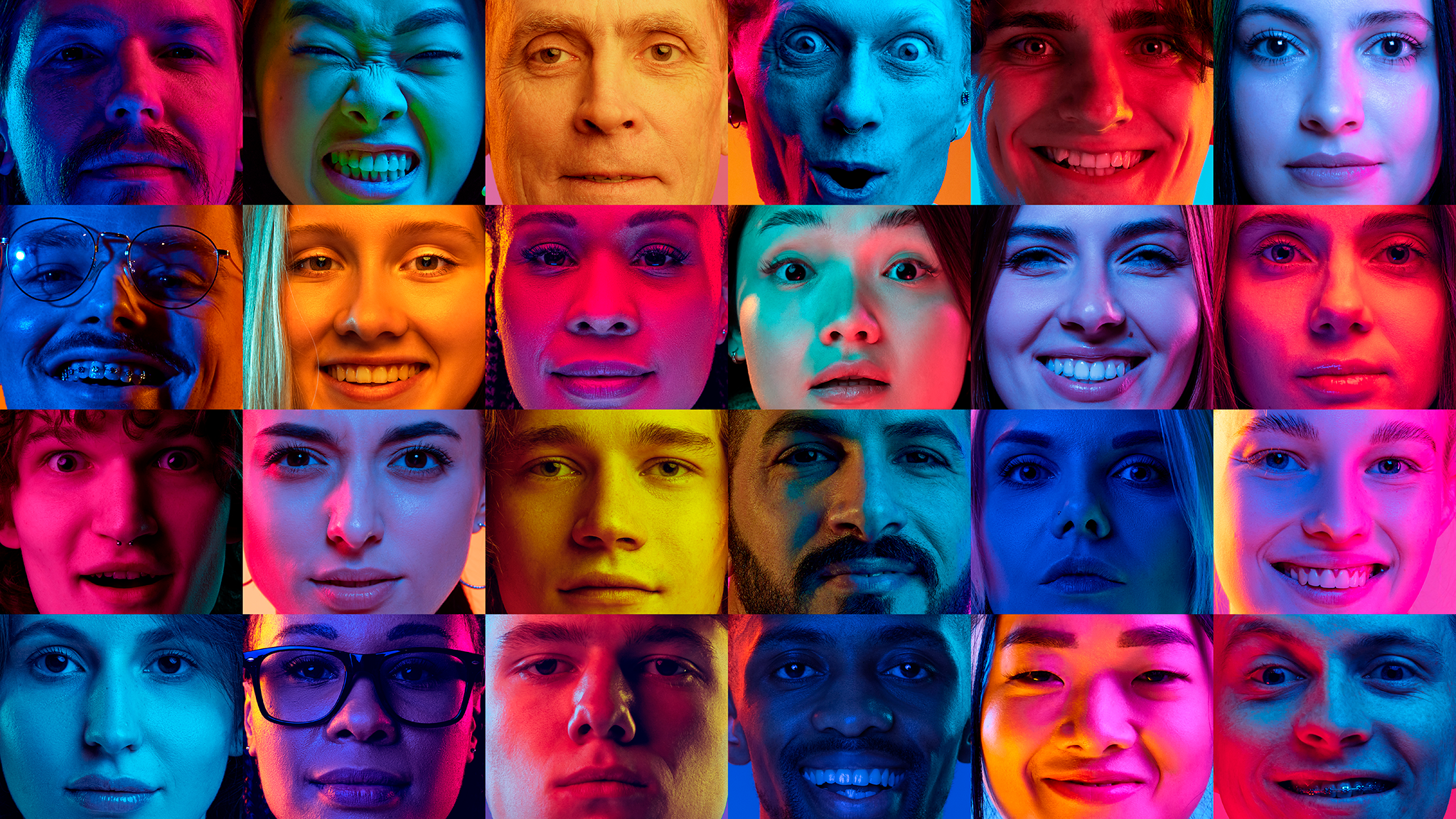
You know heatmaps – but what are emotional heatmaps? If you have found your way to this site, you are most likely already familiar with heatmaps generated from eye tracking data. This visualization summarizes which part of your visual stimuli drew the most attention, or which part got completely overlooked. Traditionally, heatmaps have been generated…


